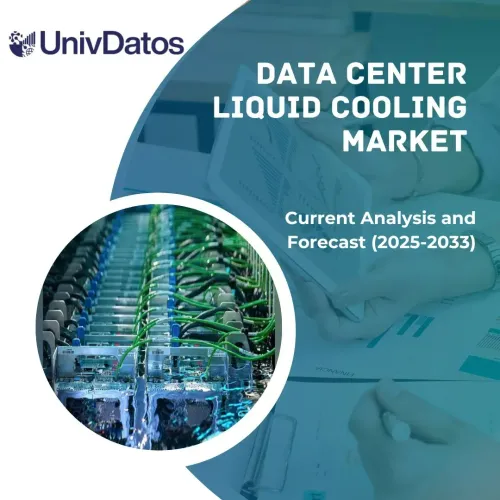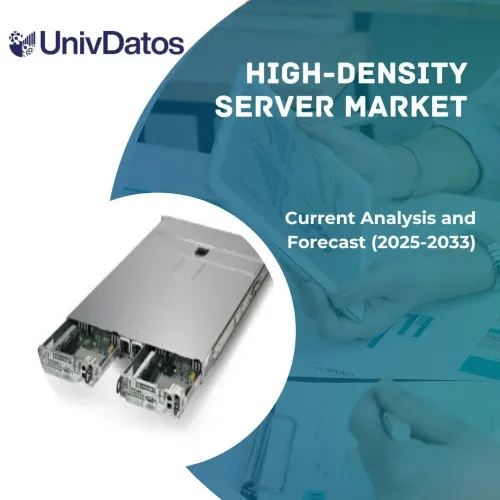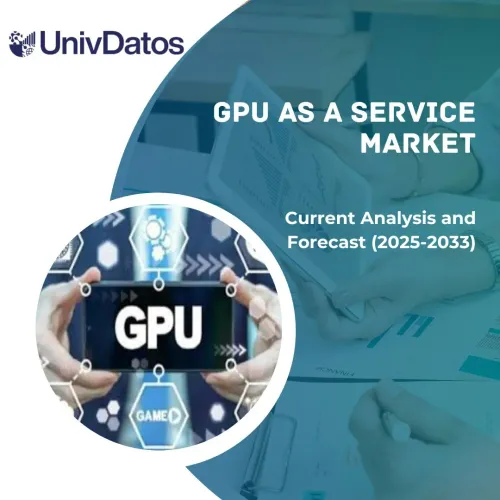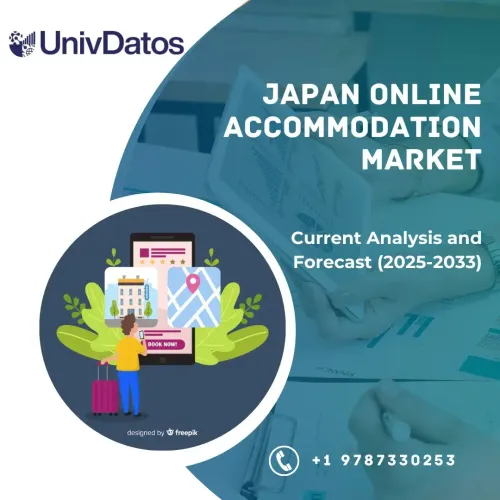- Home
- About Us
- Industry
- Services
- Reading
- Contact Us
India AR/VR Market: Current Analysis and Forecast (2024-2032)
Emphasis on Technology (Augmented Reality and Virtual Reality); Offering (Hardware and Software); Application (Gaming, Education, Healthcare, Aerospace & Defense, Others); Region
India AR/VR Market Size & Forecast
The India AR/VR Market was valued at USD 4.84 billion in 2023 and is expected to grow at a strong CAGR of around 38.3% during the forecast period (2024-2032) owing to increasing adoption of AR/VR (Augmented Reality/ Virtual Reality) for interactive and immersive learning experiences globally.
India AR/VR Market Analysis
The AR/VR market in India is showing a growth trajectory as consumers and organizations are using more immersive technologies in sectors like education, gaming, healthcare, and retail among others. Currently, India has a growing young population, who are technically inclined, and with rising smartphone usage, the market for AR/VR is promising. As a result of measured governmental efforts to promote digital initiatives along with funding from traditional businesses and start-ups, the field is growing rapidly. Some of the many developments include partnerships between different learning institutions and technology-orientated industries to increase learning experiences and local content initiatives. As the infrastructure develops, costs gradually come down making the Indian AR/VR market promising and with the potential to be a major AR/VR market in the future.
Recent Developments in the Market
In October 2023, Shemaroo Entertainment launched a new metaverse content destination, ShemarooVerse, on the JioDive VR Headset, a smartphone-based VR headset intended to raise awareness and increase the adoption of XR (Extended Reality) experiences across India.
In October 2022, Bharti Airtel, India’s premier communications solutions provider today unveiled India’s first immersive Virtual Reality (VR) advertisement powered by 5G. The advertisement format on the Airtel Thanks app opens new avenues for brands to engage with consumers in an immersive environment that was previously not possible in the traditional advertising paradigm.

India AR/VR Market Trends
This section discusses the key market trends that are influencing the various segments of the pet perfume market, as identified by our team of research experts.
The Augmented Reality Segment Transforming Industry
The augmented reality segment of the AR/VR market is growing rapidly because of the developments in smartphone technology and application use increasing in many fields, as well as increasing customer interest in interactive experiences. AR is being used with growing frequency in industries like the retail industry, where companies apply it to building customer experiences through trials and appealing demonstrations. In education, AR is quickly replacing conventional learning modalities by delivering engaging, interactive, and comprehensive information. AR is also utilized in the gaming industry for instance; new mobile games such as Pokémon GO incorporate the real world. Furthermore, AR glasses and smart wearable devices are likely to be another primary application area to encourage more people to adopt major technology solutions to incorporate hands-free real-time augmented information overlays. While still a relatively small segment, enterprise AR is positioned for rapid growth, as a growing number of companies understand the ability of AR to enhance customer satisfaction while improving their efficiency, making it a cornerstone of the overall AR / VR market.
South India Held a Significant Share of the market in year 2023
The market for AR/VR in South India has also been highly active due to a sound technological and innovation infrastructure. Bengaluru, Hyderabad, and Chennai are some of the developed cities that are focus points of AR/VR startups and established firms due to accessibility to skilled workforce and increased investment by local as well as international investors. As a result of the dynamic operating IT network, a variety of applications have emerged for different fields including education, games, healthcare, and real estate where institutions combine to deliver training and learning environments. Further, the processes relating to digital business, as well as smart city projects encouraged by governments, increase the demand for AR/VR technologies. As South India goes on adapting these innovations, the region is likely to contribute a lot to the national and global implication of AR/VR in future economy and technology development.
The Government of Karnataka and Meta have embarked on a project to empower 1 lakh teachers and 10 lakh students with digital safety knowledge and augmented reality/virtual reality (AR-VR) skills by 2025.
In July 2024, MediSim VR announced the establishment of Chennai’s first Center of Excellence (CoE) virtual reality (VR) lab at Sri Ramachandra Institute of Higher Education and Research (SRIHER). This state-of-the-art facility offers access to immersive and interactive VR- training for medical students across the nation.

India AR/VR Industry Overview
The India AR/VR market is competitive and fragmented, with the presence of several country market players. The key players are adopting different growth strategies to enhance their market presence, such as partnerships, agreements, collaborations, new product launches, geographical expansions, and mergers and acquisitions. Some of the major players operating in the market include Imaginate Software Labs Private Limited; Merxius Software; Simbott; Immersafety; Parallax Labs LLP; Tata Elxsi; MobilizAR Technologies Pvt Ltd. (Playshifu); QUYTECH; Trezi; Simulanis Solutions Private Limited.
India AR/VR Market News
In June 2024, Genesys International introduced India’s first AI-powered navigation map designed for cars and mobility services. This new technology aims to make driving easier and more personalized. The new map covers 8.3 million kilometers of roads and includes over 30 million points of interest (POIs). This means drivers can access accurate and reliable directions almost anywhere in India.
In December 2023, Sony launched its second-generation virtual-reality headset PlayStation VR2 in India.
India AR/VR Market Report Coverage
Report Attribute | Details |
Base year | 2023 |
Forecast period | 2024-2032 |
Growth momentum | Accelerate at a CAGR of 38.3% |
Market size 2023 | USD 4.84 Billion |
Regional analysis | North India, South India, East India, and West India |
Major contributing region | North India is expected to grow at the highest CAGR during the forecasted period. |
Companies profiled | Imaginate Software Labs Private Limited; Merxius Software; Simbott; Immersafety; Parallax Labs LLP; Tata Elxsi; MobilizAR Technologies Pvt Ltd. (Playshifu); QUYTECH; Trezi; Simulanis Solutions Private Limited |
Report Scope | Market Trends, Drivers, and Restraints; Revenue Estimation and Forecast; Segmentation Analysis; Demand and Supply Side Analysis; Competitive Landscape; Company Profiling |
Segments Covered | By Technology; By Offering; By Application; By Region |
Reasons to buy this report:
- The study includes market sizing and forecasting analysis validated by authenticated key industry experts.
- The report presents a quick review of overall industry performance at one glance.
- The report covers an in-depth analysis of prominent industry peers with a primary focus on key business financials, product portfolios, expansion strategies, and recent developments.
- Detailed examination of drivers, restraints, key trends, and opportunities prevailing in the industry.
- The study comprehensively covers the market across different segments.
- Deep dive regional level analysis of the industry.
Customization Options:
The India AR/VR market can further be customized as per the requirement or any other market segment. Besides this, UMI understands that you may have your own business needs, hence feel free to connect with us to get a report that completely suits your requirements.
Table of Content
Research Methodology for the India AR/VR Market Analysis (2024-2032)
Analyzing the historical market, estimating the current market, and forecasting the future market of the India AR/VR market were the three major steps undertaken to create and analyze the adoption of India AR/VR in major states. Exhaustive secondary research was conducted to collect the historical market numbers and estimate the current market size. Secondly, to validate these insights, numerous findings and assumptions were taken into consideration. Moreover, exhaustive primary interviews were also conducted, with industry experts across the value chain of the India AR/VR market. Post assumption and validation of market numbers through primary interviews, we employed a top-down/bottom-up approach to forecasting the complete market size. Thereafter, market breakdown and data triangulation methods were adopted to estimate and analyze the market size of segments and sub-segments of the industry pertains to detailed methodology is explained below:
Analysis of Historical Market Size
Step 1: In-Depth Study of Secondary Sources:
A detailed secondary study was conducted to obtain the historical market size of the India AR/VR market through company internal sources such as annual reports & financial statements, performance presentations, press releases, etc., and external sources including journals, news & articles, government publications, competitor publications, sector reports, third-party database, and other credible publications.
Step 2: Market Segmentation:
After obtaining the historical market size of the India AR/VR market, we conducted a detailed secondary analysis to gather historical market insights and share for different segments & sub-segments for major regions. Major segments are included in the report as technology, offering, application, and regions. Further country-level analyses were conducted to evaluate the overall adoption of testing models in that region.
Step 3: Factor Analysis:
After acquiring the historical market size of different segments and sub-segments, we conducted a detailed factor analysis to estimate the current market size of the India AR/VR market. Further, we conducted factor analysis using dependent and independent variables such as the technology, offering, application, and regions of the India AR/VR market. A thorough analysis was conducted of demand and supply-side scenarios considering top partnerships, mergers and acquisitions, business expansion, and product launches in India AR/VR market sector across the country
Current Market Size Estimate & Forecast
Current Market Sizing: Based on actionable insights from the above 3 steps, we arrived at the current market size, key players in the India AR/VR market, and market shares of the segments. All the required percentage shares split, and market breakdowns were determined using the above-mentioned secondary approach and were verified through primary interviews.
Estimation & Forecasting: For market estimation and forecast, weights were assigned to varied factors including drivers & trends, restraints, and opportunities available for the stakeholders. After analyzing these factors, relevant forecasting techniques i.e., the top-down/bottom-up approach were applied to arrive at the market forecast 2032 for different segments and sub-segments across the major markets in India. The research methodology adopted to estimate the market size encompasses:
The industry’s market size, in terms of revenue (USD) and the adoption rate of the India AR/VR market across the major markets domestically
All percentage shares, splits, and breakdowns of market segments and sub-segments
Key players in the India AR/VR market regarding products offered. Also, the growth strategies adopted by these players to compete in the fast-growing market.
Market Size and Share Validation
Primary Research: In-depth interviews were conducted with the Key Opinion Leaders (KOLs) including Top Level Executives (CXO/VPs, Sales Head, Marketing Head, Operational Head, Regional Head, Country Head, etc.) across major regions. Primary research findings were then summarized, and statistical analysis was performed to prove the stated hypothesis. Inputs from primary research were consolidated with secondary findings, hence turning information into actionable insights.
Split of Primary Participants in Different Regions

Market Engineering
The data triangulation technique was employed to complete the overall market estimation and to arrive at precise statistical numbers for each segment and sub-segment of the India AR/VR market. Data was split into several segments & sub-segments post studying various parameters and trends in the areas of the technology, offering, application, and regions in the India AR/VR market.
The main objective of the India AR/VR Market Study
The current & future market trends of the India AR/VR market were pinpointed in the study. Investors can gain strategic insights to base their discretion for investments on the qualitative and quantitative analysis performed in the study. Current and future market trends determined the overall attractiveness of the market at a state level, providing a platform for the industrial participant to exploit the untapped market to benefit from a first-mover advantage. Other quantitative goals of the studies include:
- Analyze the current and forecast market size of the India AR/VR market in terms of value (USD). Also, analyze the current and forecast market size of different segments and sub-segments.
- Segments in the study include areas of technology, offering, application, and regions.
- Define and analyze the regulatory framework for the India AR/VR
- Analyze the value chain involved with the presence of various intermediaries, along with analyzing customer and competitor behaviors of the industry.
- Analyze the current and forecast market size of the India AR/VR market for the major region.
- Major Regions in India studied in the report include North India, South India, East India, and West India.
- Company profile of the India AR/VR market and the growth strategies adopted by the market players to sustain in the fast-growing market.
- Deep dive state-level analysis of the industry
Frequently Asked Questions FAQs
Q1: What is the current market size and growth potential of the Indian AR/VR market?
Q2: What are the driving factors for the growth of the India AR/VR market?
Q3: Which segment has the largest share of the India AR/VR market by technology?
Q4: What are the emerging technologies and trends in the India AR/VR market?
Q5: Which region will dominate the India AR/VR market?
Related Reports
Customers who bought this item also bought











